AO Edited
The Museum of the Alphabet
Trace the history of writing at this unusual North Carolina destination.
At the Museum of the Alphabet, in Waxhaw, North Carolina, visitors can do everything language related, from studying a replica of the Rosetta Stone to seeing how their names look in Klingon.
Founded in 1991, the museum came together as a culmination of the study of minority languages around the world. William Cameron Townsend, a Disciples of Christ missionary, founded Wycliffe Bible Translators and the Summer Institute of Linguistics in the 1930s to facilitate the translation of the Bible into the most obscure languages on the map. Some of these languages had yet to take written form. Townsend then founded the Jungle Aviation and Radio Services organization (now simply JAARS) to help facilitate these goals by increasing access to remote areas. JAARS is the organization that oversees the Museum of the Alphabet, also Townsend’s brainchild.
All of the research from decades of effort on the part of these organizations is represented in the Museum of the Alphabet, which features a chronological history of written language. There are 12 galleries in all, each devoted to a language or category of languages, including Greek, Arabic, Hebrew, Cyrillic, and African Languages.
Visitors can learn how minority languages are documented with new alphabetical systems using the International Phonetic Alphabet, find out how their names would be expressed in languages real and imagined, and see a working model of the Gutenberg press. Special attention, as per the original mission, is given to minority languages, such as that of the Gullah communities of the southeastern United States.
One of the goals of the museum was to focus on the people who “made” language, the people Townsend admired most. Prominent among these is Sequoyah, the Cherokee man who took 12 years to create 85 symbols representing the sounds of the Cherokee language. As his system caught on among his people in the 19th century, increased literacy put them on an equal footing, linguistically, with the white English speakers they were dealing with, taking away what Sequoyah had considered to be an advantage.
Of the nearly 7,000 languages in the world, almost a third of them still lack written alphabets, and the Museum and its parent organizations are still working to preserve these languages. Part of their motivation continues to be bringing the Bible to as many people as possible, but their research also increases understanding of the most obscure cultures around the globe.


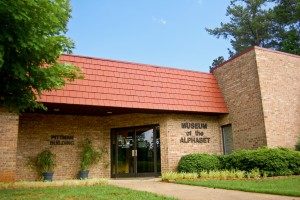

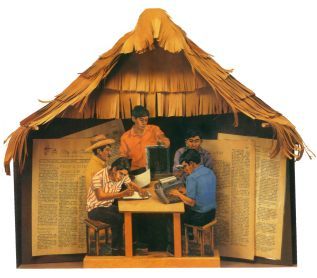




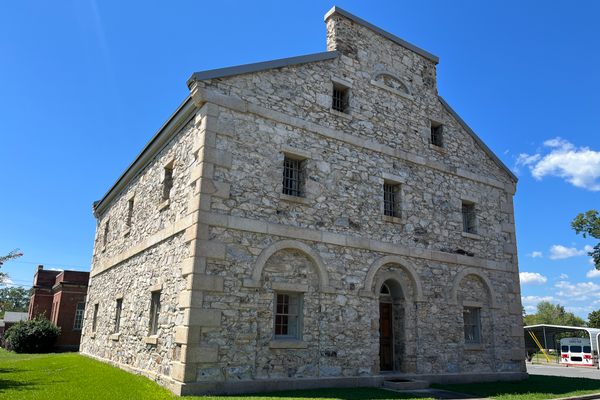
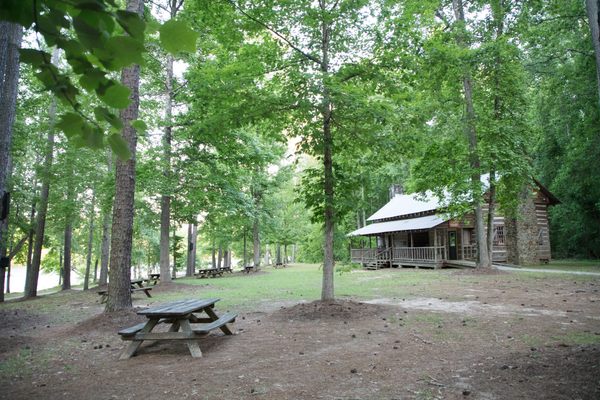
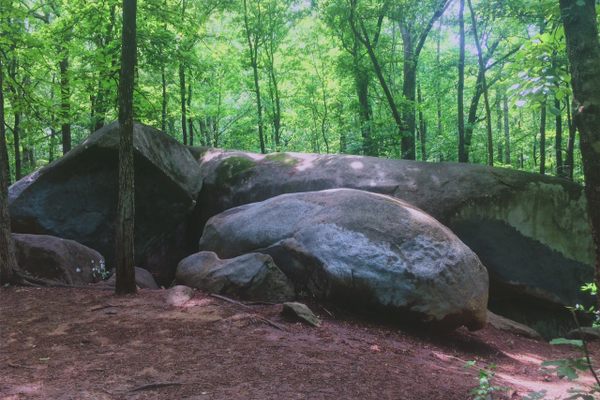
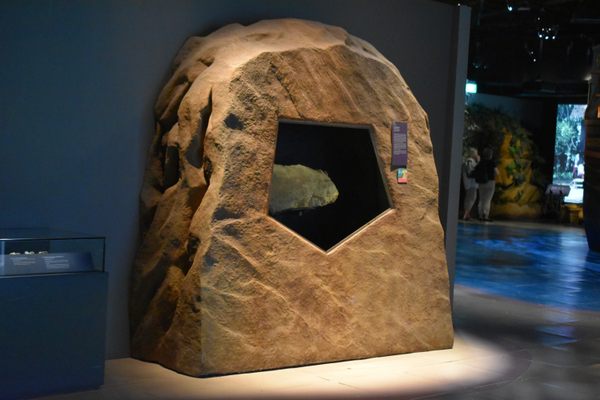
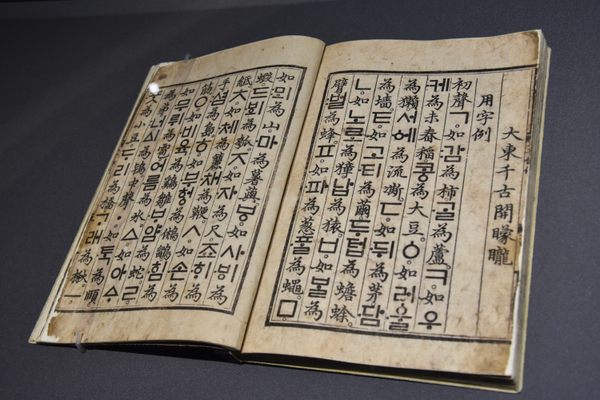
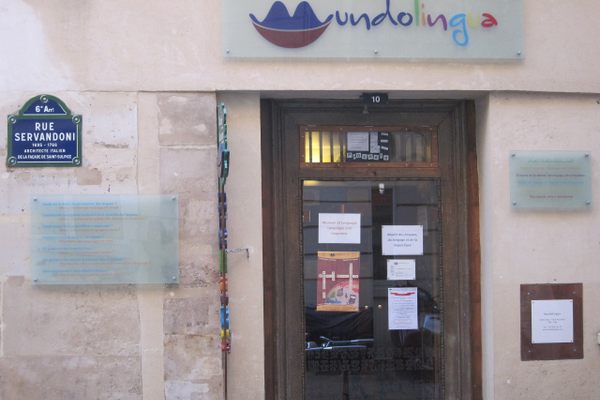




Follow us on Twitter to get the latest on the world's hidden wonders.
Like us on Facebook to get the latest on the world's hidden wonders.
Follow us on Twitter Like us on Facebook